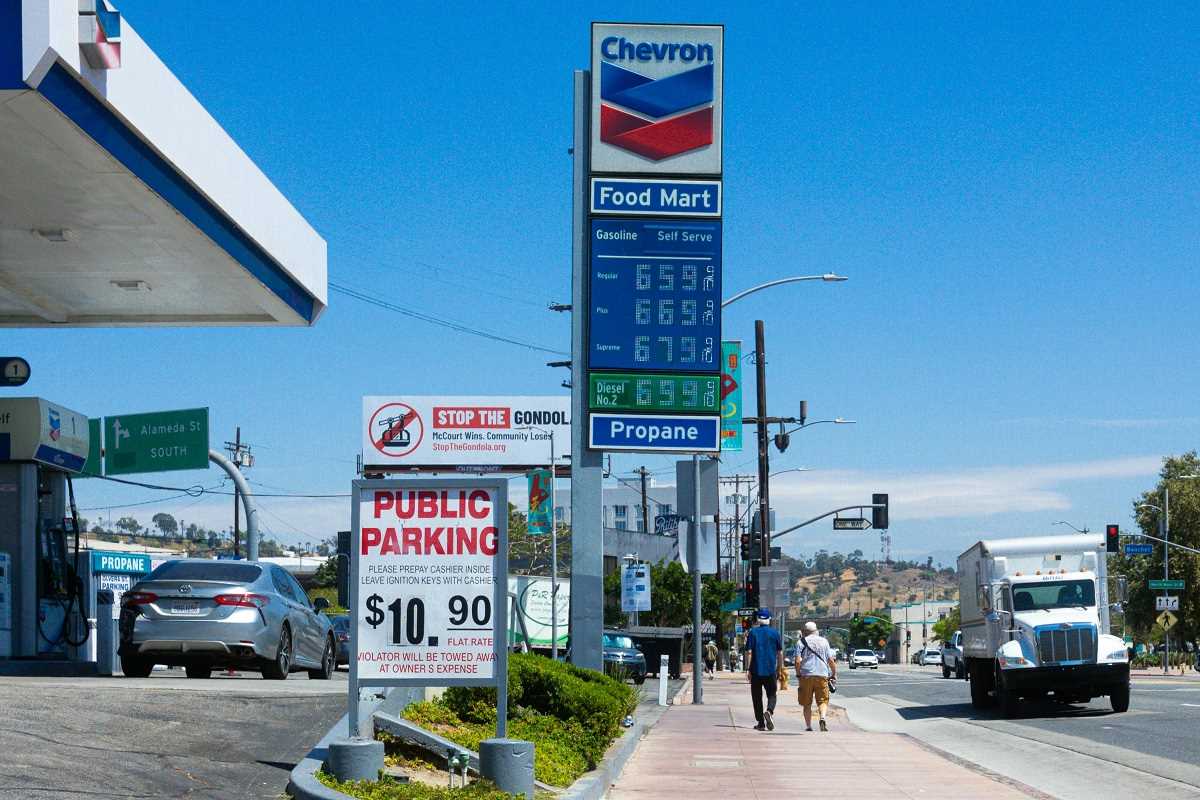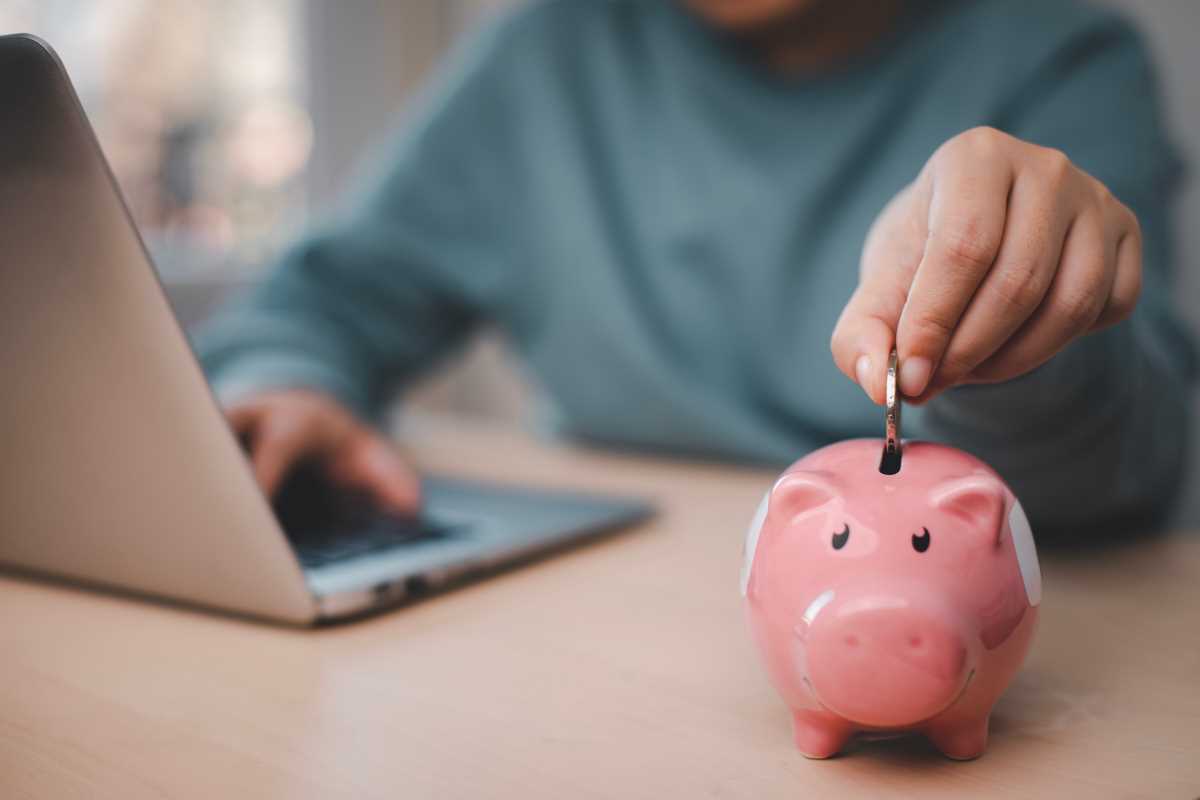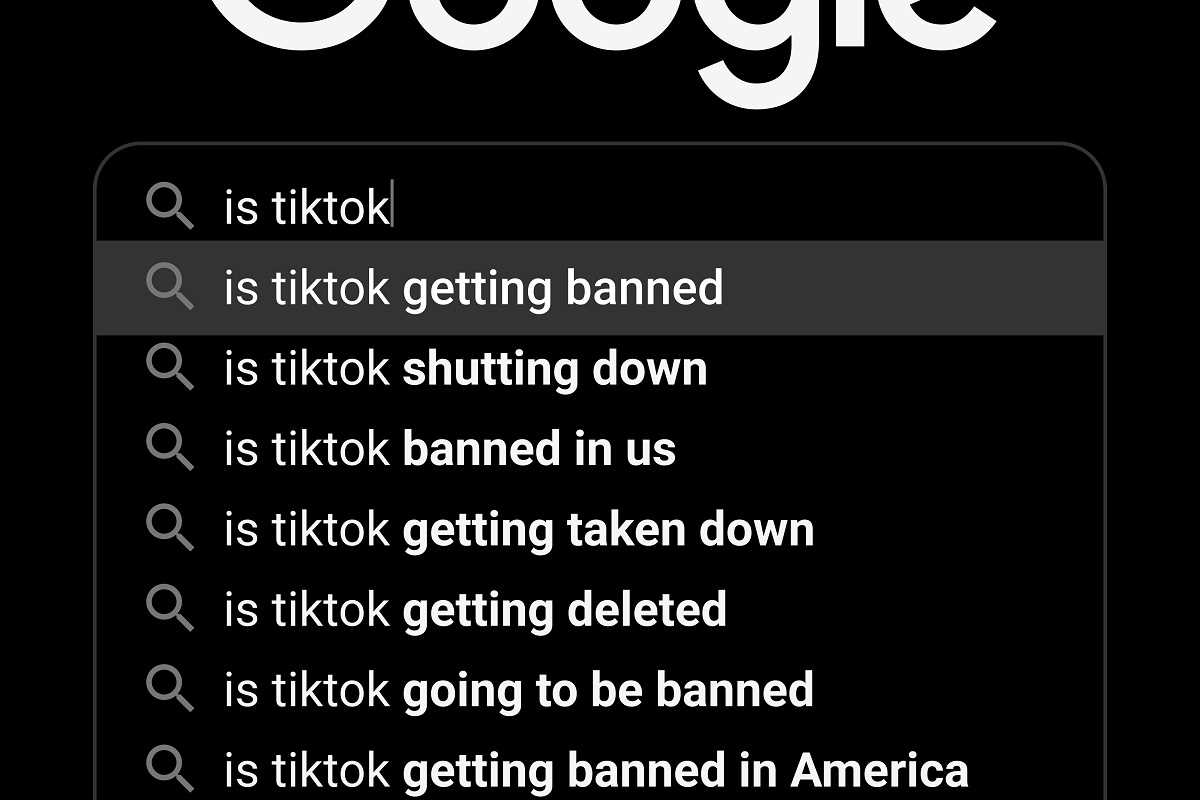Buying your first home is exciting. It’s a huge milestone—your own space, a place to call home, and a step toward building your future. But if you think the price tag on the "For Sale" sign is the whole picture, you might be in for a surprise. There are a lot of hidden costs that can sneak up on you if you’re not prepared. Don’t worry, though—we’ll break it all down so you know what to expect and how to plan for it.
Here’s a closer look at some of the hidden costs of buying your first home and some tips to avoid getting caught off guard.
1. Closing Costs
One of the first hidden expenses that surprises many first-time buyers is closing costs. These are the fees and charges you’ll pay when finalizing the deal on your home. They usually add up to about 2-5% of the purchase price of the home.
Closing costs can include a bunch of things, like lender fees, title insurance, attorney fees, and appraisal costs. For example, if you’re buying a $300,000 home, you could pay anywhere from $6,000 to $15,000 in closing costs. That’s a big chunk of change!
How to Prepare:
- Ask for an Estimate: Your lender should give you a good-faith estimate of your closing costs so you can budget for them.
- Negotiate: Sometimes, sellers might agree to cover part of the closing costs to sweeten the deal—don’t be afraid to ask!
2. Home Inspection Fees
Before you buy a home, you’ll want to get it inspected. A home inspection is when a professional checks things like the roof, plumbing, electrical systems, foundation, and more to make sure there aren’t any big problems. While the inspection is optional, skipping it could mean you end up with expensive repairs down the road.
A home inspection typically costs between $300 and $500, depending on where you live and the size of the house. It’s a one-time cost, but it’s worth every penny for peace of mind.
How to Prepare:
- Plan for This Expense Early: Include the inspection fee as part of your initial budget.
- Use the Results to Negotiate: If the inspection uncovers any issues, you can ask the seller to fix them or lower the price.
3. Property Taxes
Once you own a home, you’ll need to pay property taxes every year. These taxes help fund public services like schools, roads, and emergency services. The amount you’ll owe depends on the value of your home and your local tax rate, which varies by area.
For example, if your home is worth $250,000 and your local property tax rate is 1.2%, you’ll pay $3,000 annually. That’s $250 a month you’ll need to budget for!
How to Prepare:
- Do Your Research: Look up property tax rates in the area you’re buying before you commit to a home.
- Ask About Escrow: Sometimes lenders include property taxes as part of your monthly mortgage payment, which can make budgeting easier.
4. Homeowners Insurance
Insurance isn’t just for your car or health—it’s also required when you own a home. Homeowners insurance helps protect your property and belongings in case of disasters like fire, theft, or storms. Mortgage lenders typically require you to have insurance before they’ll approve your loan.
The cost varies depending on the size of the home, its location, and the type of coverage you choose. On average, homeowners insurance costs around $1,200 per year or $100 per month.
How to Prepare:
- Shop Around: Compare different insurance providers to find the best coverage at the best price.
- Bundle Policies: If you already have car insurance, check if the same company offers discounts for bundling your policies.
5. Maintenance and Repair Costs
When you own a home, there’s no landlord to call when something breaks. Whether it’s fixing a leaky faucet, replacing the water heater, or dealing with a roof repair, you’re the one who’s responsible—and these costs can really add up!
Experts recommend setting aside 1-3% of your home’s purchase price each year for maintenance and repairs. For example, if you buy a $200,000 home, that means budgeting $2,000 to $6,000 annually for upkeep.
How to Prepare:
- Start a Home Emergency Fund: Set aside money each month for unexpected repairs.
- Get a Home Warranty: Some sellers or real estate agents offer a home warranty, which covers certain repairs for the first year.
6. Moving Expenses
Once you’ve bought the home, you’ll need to actually move in—and that’s another expense to consider. Moving costs can include renting a truck, hiring movers, or buying packing supplies.
Hiring movers can cost anywhere from $500 to $2,000 or more, depending on how far you’re moving and how much stuff you have. Even if you go the DIY route, you’ll still need to rent a truck (which could cost $100 or more) and buy boxes, tape, and other materials.
How to Prepare:
- Compare Quotes: If you’re hiring movers, get quotes from several companies to find the best deal.
- Borrow Supplies: Ask friends or family if they have boxes or packing materials you can use for free.
7. HOA Fees
If you’re buying a condo or a home in a planned community, you might have to pay homeowners association (HOA) fees. These fees cover things like landscaping, shared amenities (like a pool), or community maintenance.
HOA fees can range from $50 to over $500 per month, depending on where you live and the services provided. They’re an ongoing cost you’ll need to factor into your monthly budget.
How to Prepare:
- Ask About HOA Fees Before You Buy**: Find out how much they are and what they cover.
- Read the Fine Print: Make sure you understand the HOA rules and restrictions before committing.
8. Utilities and Bills
When you’re renting, some utilities might already be included in your rent. But as a homeowner, you’re responsible for all of them—electricity, water, gas, trash pickup, internet, and more.
Monthly utility costs vary depending on the size of your home, your location, and your personal usage habits. A larger home with central air conditioning will cost more to heat and cool than a small apartment, for example.
How to Prepare:
- Ask the Seller for Bills: Ask the current owner for copies of recent utility bills to get an idea of future costs.
- Be Energy Efficient: Use energy-efficient appliances and habits to keep bills as low as possible.
9. Miscellaneous Expenses
Finally, there are the little things that most people don’t think about. For instance:
- Furnishing Your Home: If you’re moving from a small apartment to a house, you might need more furniture, curtains, or appliances.
- Lawn Care: If your new home has a yard, you’ll need equipment like a lawnmower or gardening tools—or pay someone to take care of it for you.
While these aren’t major costs up front, they can add up over time if you don’t plan for them.
How to Prepare:
- Take It Slow: You don’t need to furnish every room or tackle every improvement project immediately. Start with the essentials and add as your budget allows.
Buying your first home is a big step, and it’s normal to feel a little overwhelmed by all the hidden costs. But with careful planning and budgeting, you can avoid surprises and make the process much smoother. Remember to factor in closing costs, inspections, taxes, insurance, and all the ongoing costs of homeownership.
By knowing what to expect and being prepared, you’ll be in a better position to enjoy the excitement of owning your first home—without the stress of unexpected expenses. Happy house hunting!
 (Image via
(Image via





